Expected impact beyond CITyFiED
The CITyFiED project assured the replication potential of the project results and strategies to achieve energy efficient districts through the City Cluster. This cluster of cities represented a community of 11 cities closely connected to the CITyFiED consortium. The purpose of this cluster was to assure the replication potential of the CITyFiED results. In order to maximise the replicability impact and reach of the project results, together with the setting-up of the CITyFiED Community, CITyFiED teamed up with My Smart City District (MSCD) as a way to leverage more synergy for greater replicability.
All the projects come within the EU’s Smart City and Communities initiative and share the major challenges of transforming our urban spaces into smart cities of the future on a large scale. The MSCD initiative provides a coherent outlet for such projects addressing multiple audiences. This, together with the broad community of cities and stakeholders both locally and across Europe, sound replicability strategy and ambitious dissemination and exploitation strategy set up by the CITyFiED team, has assured the extension of the benefits obtained in the three demonstration sites served as real-life test cases for deep district retrofitting. As a result, it is expected the replication of these measures and methods in other cities for their own benefit.
Altogether, the CITyFiED team created a broad community of 55 European cities beyond the three demonstration cities where each has a forward-looking ecosystem involving local citizens, associations, experts and technicians. This has extended CITyFiED’s reach to the EU and global experts and stakeholders’ communities, thus fostering knowledge exchange and networking. These have been achieved through a “community” – one we built over the years and which stands today as CITyFiED’s leading legacy. Through our collection of best practices in Community Building, Community Engagement and Community Acceptance, we hope CITyFiED’s lessons learnt will help other cities navigate towards a smarter future.
Socio-economic impact
A big impact across Europe is intended to be achieved by CITyFiED results. One of the main targets and outcomes of the project have been the elaboration of a sound and feasible replication plan. 11 representative European cities and a relevant number of stakeholders were involved in the project through the CITyFiED Community.
In terms of municipalities, large industries and SMEs, the CITyFiED project has delivered a number of outcomes and deliverables (e.g. three large scale retrofitting projects, a methodology for city renovation at district level, sound business models, etc.) for their own benefit. The market deployment plan and exploitation strategies are a key for achieving these impacts. That means an improvement in the business of the construction, ICTs, ESCOs and technology providers, as a consequence of the new demonstrated practices based on innovation and competitiveness.
Energy efficiency is taking its place as a major energy resource in CITyFiED cities to achieve sustainability and growth targets. Indeed, CITyFiED investment, more than 37.8 M€, has provided many different benefits to citizens and other local stakeholders. Whether by directly reducing energy consumption and associated costs, which can enable investment in other goods and services, or facilitating the achievement of other objectives, e.g. making indoor environments healthier or boosting industrial productivity.
Citizens, as main users of the city environment, have clear benefits in their daily life: raising the economic activity in their cities, which has led to a reduction of unemployment with more than 70 new jobs created in the CITyFiED context; enhancement of their environment and quality of life; and also to be on board for the transition to the concept of smart city of the future, with more comfort at city level and more technology at the service of the citizen. Even utilities and other energy providers benefit in a variety of ways from CITyFiED’s energy efficiency measures. Direct benefits include lower costs for energy generation, transmission and distribution, improved system reliability, dampened price volatility in wholesale markets and the possibility of delaying or deferring costly system upgrades.
Dissemination, knowledge exchange, benchmarking actions, deployment of project results in other European cities are only some of the main impacts of the CITyFiED project. Moreover, training and information for the participation of the future users of retrofitted demonstration sites have been a core point of the dissemination strategies that spur the impact of the project.

Policy impact
The results of the CITyFiED project have a relevant impact in the construction and energy sectors. CITyFiED is in line and contributes to EU policies and standards. In particular, CITyFiED established a liaison with the European Committee for Standardisation CEN/TC 371 “Energy performance of building project group”. The best practice examples from the demonstration actions would be the basis for the contribution of CITyFiED to local and national standards and regulations, but also to EU policies:
- Energy Performance of Buildings Directive recast
- Energy 2020. Strategy for competitive, sustainable and secure energy
- Europe 2020 Flagship Initiative Innovation Union
- A European economic recovery
- Energy Performance of Buildings Directive and the Action Plan on Energy Efficiency
- Lead Market on Sustainable Construction
- The Strategic Energy Technology Plan
- Smart Cities initiative
Environmental and technical impact
Based on a citizen-centric approach, CITyFiED successfully implemented three holistic strategies for the retrofitting of 190,462 m2 of living space in the CITyFiED demonstration cities. The impacts include reduced thermal energy consumption, lower greenhouse gas emissions, greater use of renewable energy and high social acceptance.
Laguna de Duero demo site consists of 31 private buildings built between 1977 and 1981. The buildings all have 12 floors with 4 dwellings on each. Retrofitting took place between May 2014 and March 2018, allowing 3,858 residents to benefit from the project.
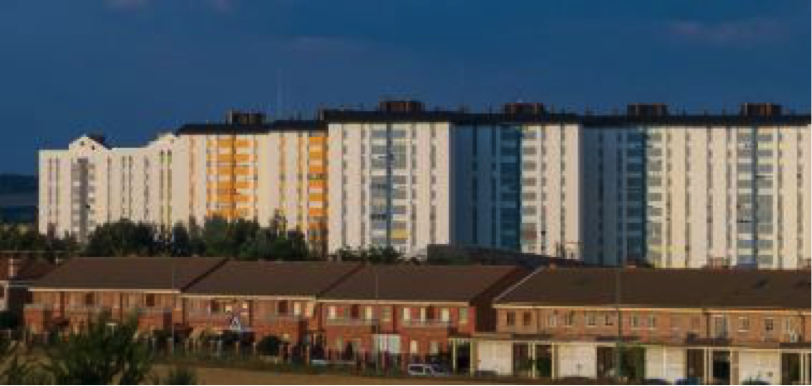
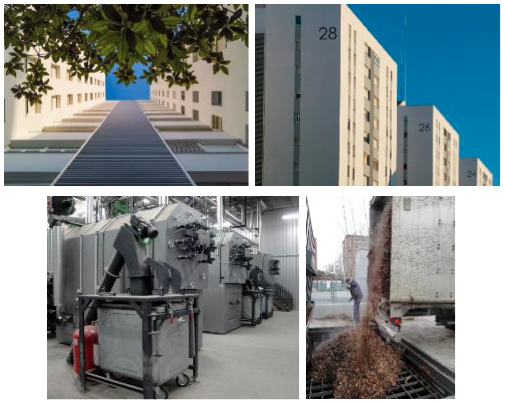

Soma demo site comprises 7,037 m2 of conditioned area. Buildings were mainly heated by coal-based heating systems, where old-fashioned stoves heat the dwellings. The buildings were built in 1982 and the retrofitting took place between 2014 and 2018.
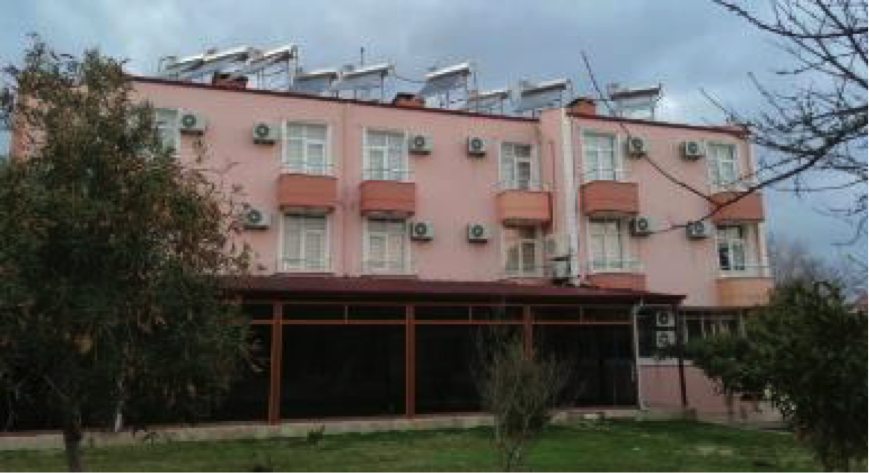
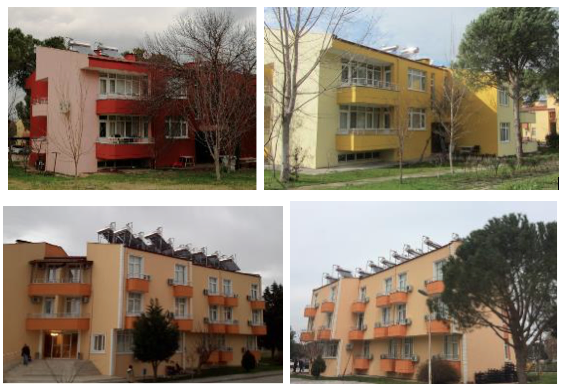

Lund demo site is a housing district where two blocks Eddan and Havamal consist of 28 three-level dwellings built in the early 1970s. Only 16 of the 28 buildings are including in the CITyFiED project. Buildings after the retrofitting have an energy performance that resembles new buildings.
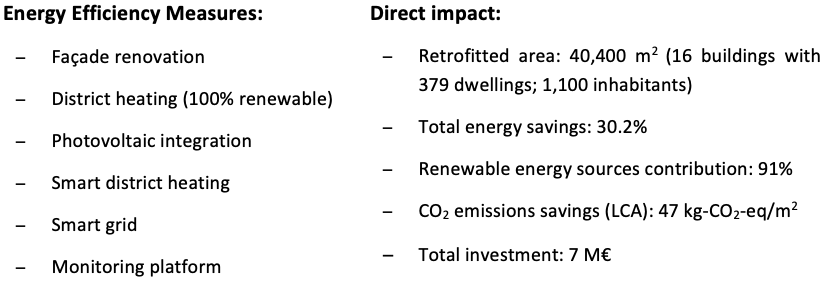
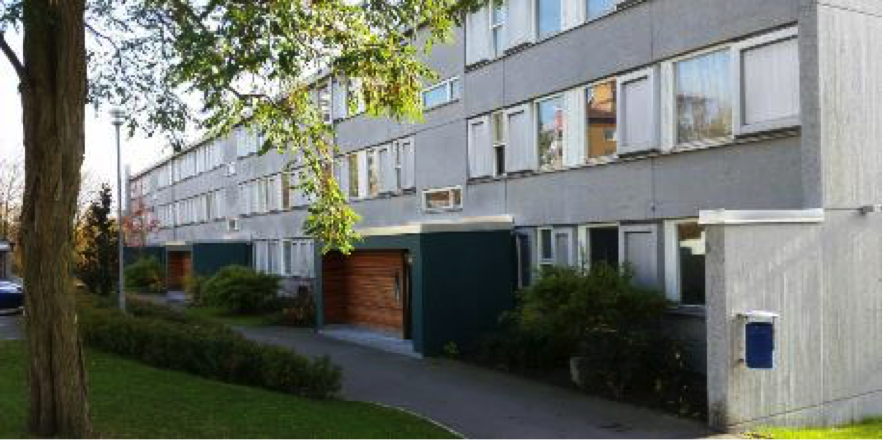

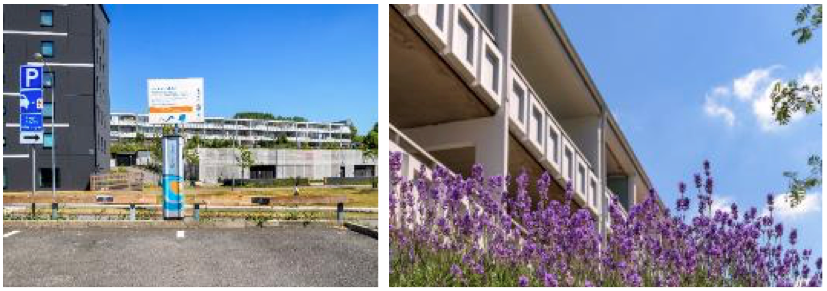
Fostering community acceptance through effective communication was a core pillar to bring a large social acceptance in the three demonstration sites. Building a strong community and nurturing it with tailored messages and inclusive communication was essential to keep the audience informed. The project raised social awareness, and also designed and delivered eye-catching messages and content. This enabled us to build a pioneering framework for community engagement which has been acknowledged as a fundamental driver for the project’s success.
To ensure outreach and follow-up, the project team set up a broad community of cities and stakeholders both locally and across Europe to deploy a sound replicability strategy and a very ambitious dissemination and exploitation plan. This has assured the extension of the benefits obtained in the three demonstration sites served as real-life test cases for deep district retrofitting. As a result, it is expected the replication of these measures and methods in other cities for their own benefit.